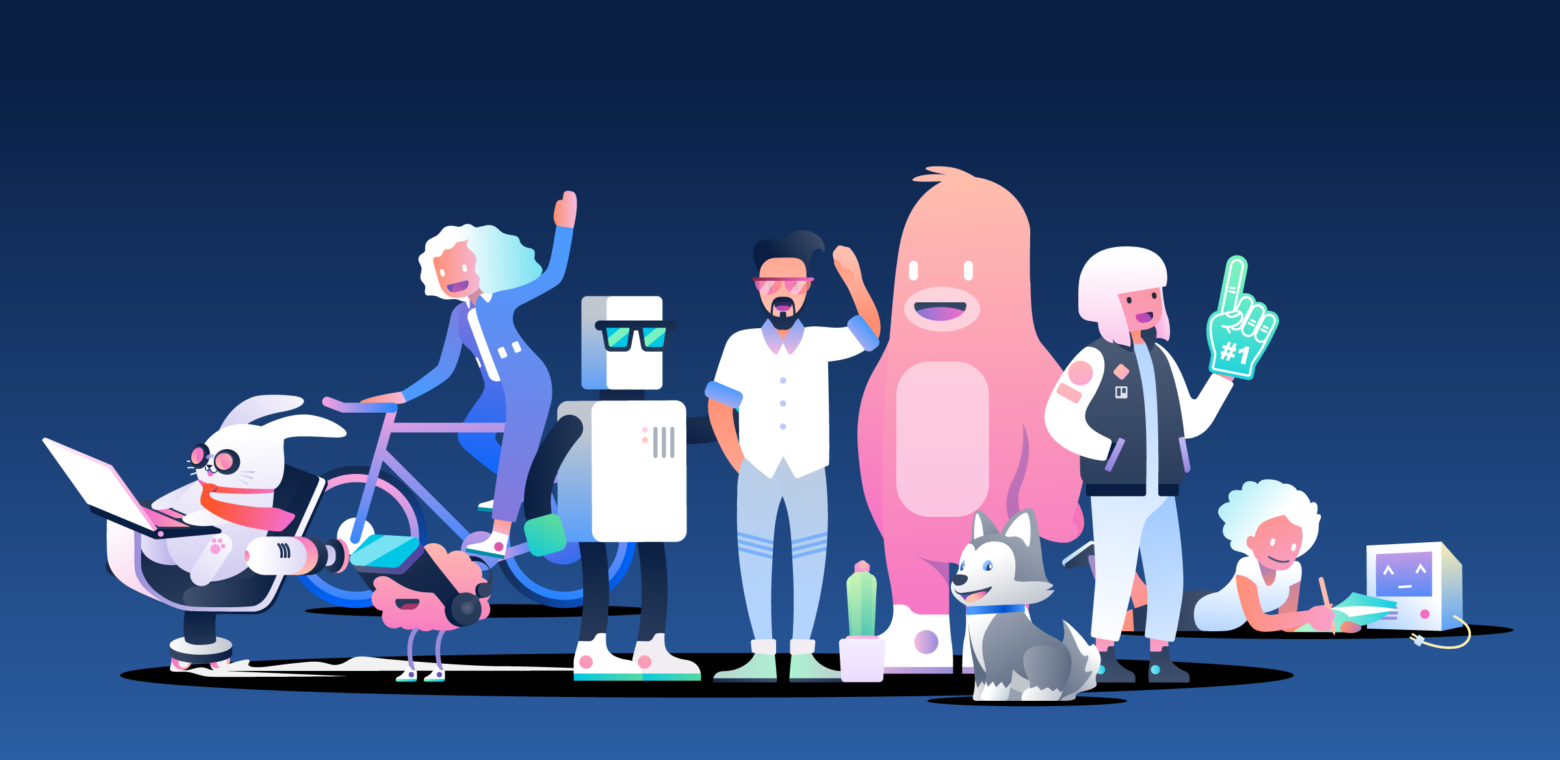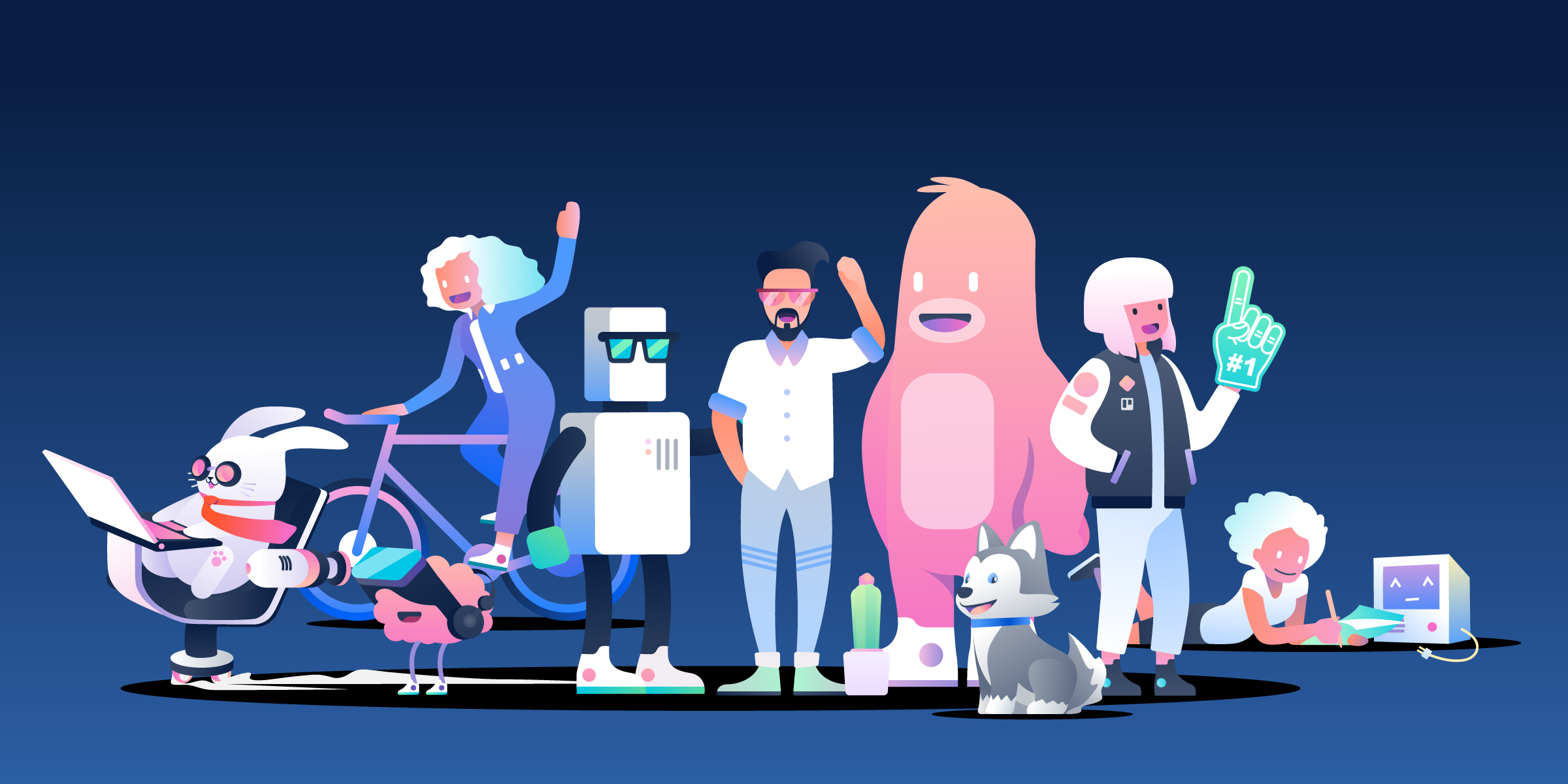
There are plenty of people in the world who seem to have an innate, creative talent. It’s like magic the moment their paintbrush hits the easel, their fingertips reach a keyboard, or their pen hits paper.
In a world full of beautiful works of art, music, literature, products, and more, it’s easy to think that only a few minds can create these masterpieces. But that couldn’t be further from the truth. You don’t need to be a master wizard to conjure up creative ideas.
Advances in neuroscience show that every person has the ability to be creative.
A study by the University of Graz, Austria, identified the exact area of the brain — the left inferior parietal cortex — which is involved in the creation of new ideas.
Creativity is something anyone can cultivate. Psychologist, Robert Epstein, PhD, conducted research at the University of California to show that creativity can become a habit when you strengthen the four skill sets:
- Capture new ideas
- Seek out challenging tasks
- Broaden your knowledge
- Surround yourself with interesting things and people
If your brain is in a rut and you’re seeking ways to replenish that creative well, the Trello marketing team shares their top ways of tapping into a creative mindset and making it a habit in their routines.
This post is dedicated to our marketing designer at Trello, Tiny, who gave the gift of his creativity and talent. He created a world for Trello, its users, and its entire community that we can love (as we are).
How Do You Tap Into A Creative Mindset?

“Tiny was great at reducing the gist of my super boring and complicated Enterprise posts into a fun activity. Also, I feel a personal connection to this one because I am the self-dubbed prayer hands queen so seeing my pose in the picture felt really special.” – Genie Alfonzo
“Creativity is about collaboration. I love discussing my early ideas with my teammates and having a loose conversation where we explore different concepts and possibilities. Inevitably someone adds on something I didn’t think of and that can spark a whole new avenue to explore.”
— Lauren Moon, Product Marketing Manager
“I like to really focus and dump out as much material as I possibly can, whether that’s words on a page or a Trello card. Then I find a task or activity I can do to distract myself from what I’m working on, usually, something that is a bit mundane but requires just enough focus to distract my mind (like chopping vegetables, walking my dogs, tending to my garden, etc). Inevitably, my mind comes alive and I can immediately jump back into my work with newfound creativity and perspective after this intentional break.”
– Chris Kaundart, Product Marketing Manager
“I use two different strategies — either I’m extremely focused or I put myself outside of my comfort zone. When I’m in focus mode, I create my ideal condition which means no music, no noise, and a quiet & organized space. I’ll have a pile of blank paper where I will write down ideas freely and let my thoughts flow onto the pages.
Then I will try to decipher what makes sense for the task I am trying to accomplish and make a plan to accomplish it. On the other hand, when I get out of my comfort zone, I will challenge my brain to speak with different people or I consume content that is not necessarily linked to what I am trying to achieve. Most of the time this helps me get a new perspective for the main problem I am trying to solve and spark some creativity.”
— Alexia Ohannessian, Product Marketing Manager, Mobile
“Something that’s really helped me is the understanding that all creativity is derivative. The book Steal Like An Artist, written by Austin Kloen provides a great framework for how to look to other creative work to get inspired and how to build off all the great ideas that have come before us.
Opening up to new ideas, books, TV shows, art, fashion—all those inputs can spark creativity and help you make connections between concepts and outputs while avoiding creative blocks. No one ever said you have to do it all on your own!”
— Leah Ryder, Content & Brand Lead

“I wrote this piece at a time that I was really struggling with digital overwhelm and he designed this illustration to show a better reality where I had overcome these stressors and reached a new state of zen at work—a picture that really motivated me.” – Leah Ryder
“First, I create a moment of presence. I set a time to do something that is not related to work or my task at hand. This moment of relaxation can be either a meditation, a run outside, or a walk with my dog. The idea here is not to control the outcome but to start the activity by focusing the mind to let go of any thoughts and fully focus on the activity.
This helps me concentrate on the now and access my intuitions which allow me to make connections to think more creatively or see something from another perspective.”
— Amanda Alvernaz, International Marketing Manager
“I tap into a creative mindset best when I think about aligning my project with humor and/or music. I find that creativity, when shaped around trying to entertain an individual, is how I really allow myself to get out of my own head and inhibitions. When I ask myself, “What about this would make a person chuckle?”—that’s when the juices begin flowing.”
— Rani Shah, Content and Social Media Manager
“Word mapping. It’s a way of brainstorming where you put the name of your assignment at the top of a piece of paper (real or digital) along with keywords you need to build your concept around. Then I proceed by writing down everything I associate with the given title and the keywords, connecting them together with lines. Often, I incorporate very loose doodles in the maps. Together, they help my brain to get going and come up with fun concepts I wouldn’t probably think of otherwise.”
— Olga Hashim, Freelance Marketing Illustrator
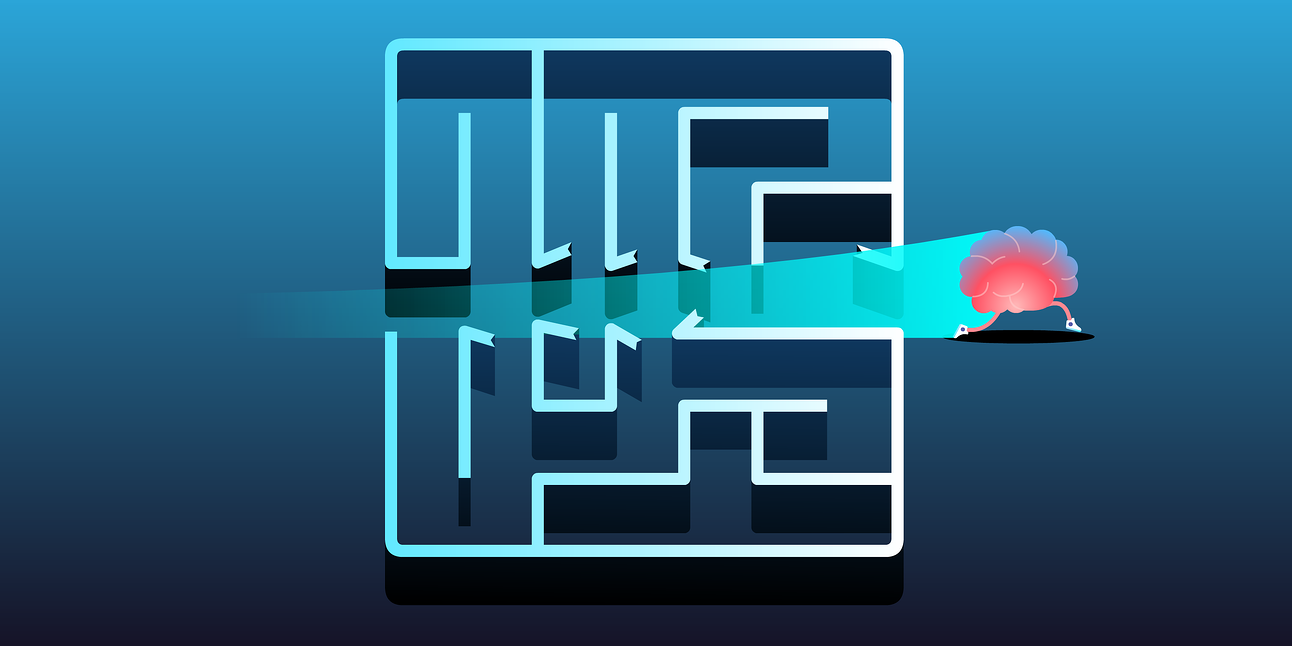
“Just like in his life, in his art Tiny made the mundane seem exciting. He made dry topics fun. He had an uncanny way of bringing out the beauty in anything and anyone. And I see his bright spirit living on in his artwork.” – Lauren Moon
How Do You Foster Creativity In Your Routine?
“Doing crossword puzzles and playing Mahjong. They are both logic/strategy games and I like that they take some planning but also involve a combination of luck and agility. Doing them each week also helps me think in a different way that fuels other parts of my life. Photography is another hobby that helps me be creative and that I can practice all the time, with my camera or just my iPhone!”
— Jessica Webb, Customer Lifecycle Marketing Sr. Team Lead
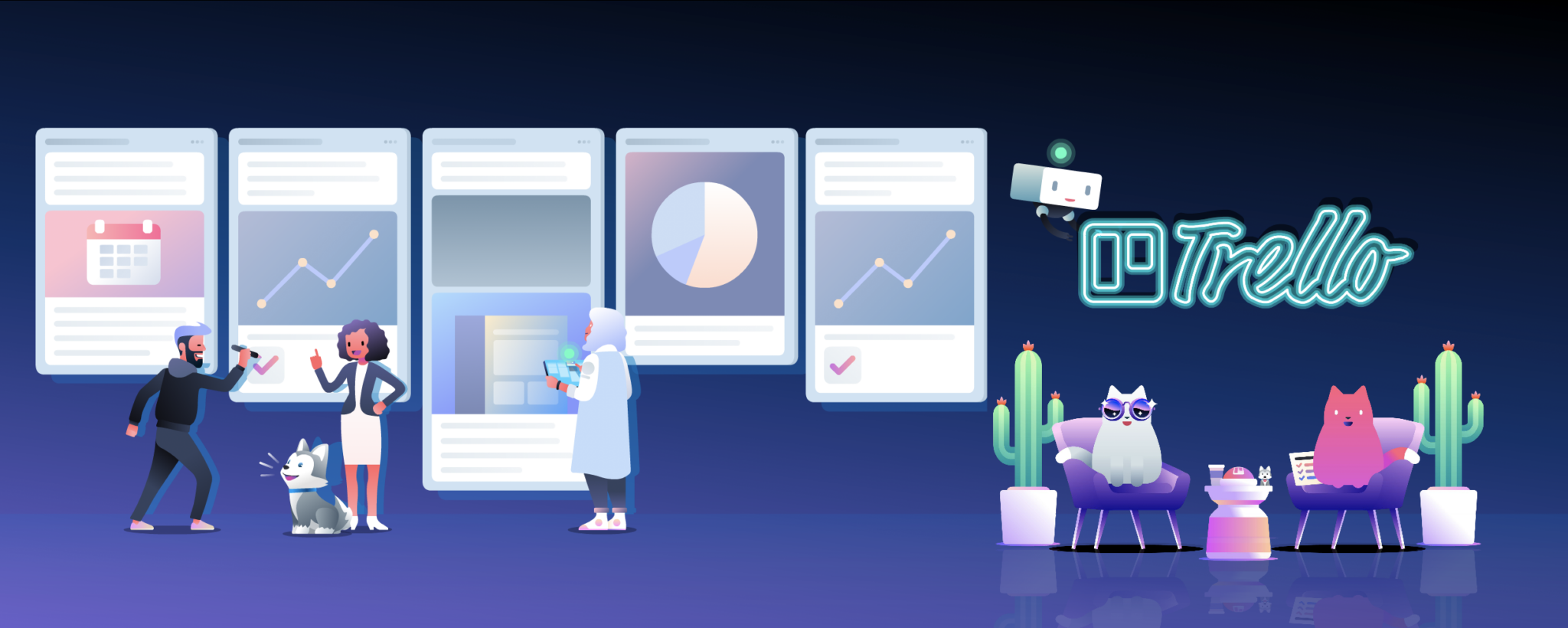
“His mind was always full of ideas and would never stop to keep on giving unique and creative solutions. I also loved the way he would explain how he got to an idea. It was always super cheerful and exciting. He sure knew how to captivate everyone’s attention.” – Amanda Alvernaz
“There are a couple of things that help me get creative. Most of the time, I have an overactive brain that loves to context switch between different projects. In order for me to get creative, I normally need to do an activity that is very repetitive and helps me focus. As weird as it sounds, I normally enjoy chopping up vegetables and preparing a meal for myself. Since I love to cook, most of the things I make are on the fly. Cooking sparks creativity because I normally don’t have a set plan of what I’m going to do so it preps my brain for creative thinking.”
— Genie Alfonzo, Product Marketing Manager

“We used to bond over my cats (they like to attend video calls with me)!”
– Chris Kaundart
“I definitely get so inspired when I’m looking at art or reading work from people I admire. I am constantly making mood boards on Trello and Pinterest about all different kinds of subjects: from home renovations to artwork to writing. When I’m ready to get “in the zone” I always refer to those repositories I’ve collected.“
— Lauren Moon, Product Marketing Manager
“Structuring my days appropriately makes a big difference. I need uninterrupted blocks of time if I have any hope of producing something creative and delightful. I don’t want to speak for others, but I never achieve much in a 30-minute block between back-to-back meetings.”
— Chris Kaundart, Product Marketing Manager
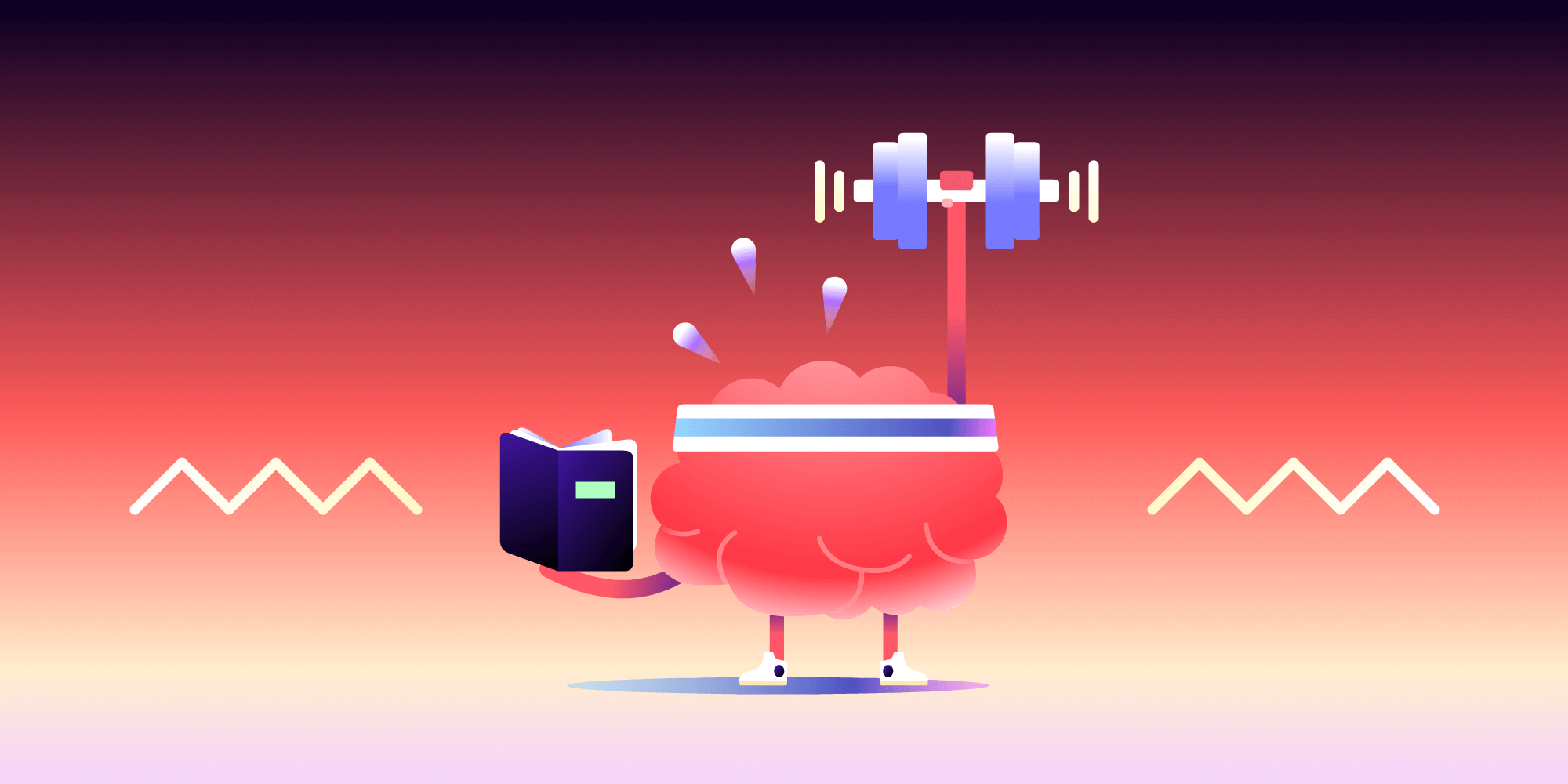
“I loved his brain illustrations. This one reminds me of him because he was always doing 9714219 things at once because he had such a big heart and never wanted to say no to anybody.” – Jessica Webb
“Change helps me to foster creativity. Experiencing new places, people, content, anything—it all leads to some form of inspiration or learning that I can apply to my creative process. On the flip side, as important as change is, it’s important to have and to embrace boredom. I find that being bored is truly what helps my mind wander in a way that also re-energizes me. Reading, being on my phone, socializing, these are all things I do find myself doing and enjoying, however, boredom is the ultimate luxury when done right.”
— Rani Shah, Content and Social Media Manager
“Routine itself is the key. Removing the drama from creating things means you just sit down and get to work without getting too caught up in the worry, doubt, or stress of making something amazing. Time boxing tasks is also helpful if you don’t know where to begin. Just tell yourself you’ll give the project 15 minutes of pure concentration and you’ll be surprised at how far you’ll get!”
— Leah Ryder, Content & Brand Lead
“As a creative professional, my well of creativity can get tapped out sometimes. In order to fill it back up, I take intentional time to express creativity in other areas of my brain such as stepping away from the computer and crafting things with scraps of paper or writing something creative. It gives my main creative muscle a break, and it always gets my energy back up in the end.”
— Cindy Duong, Senior Marketing Designer
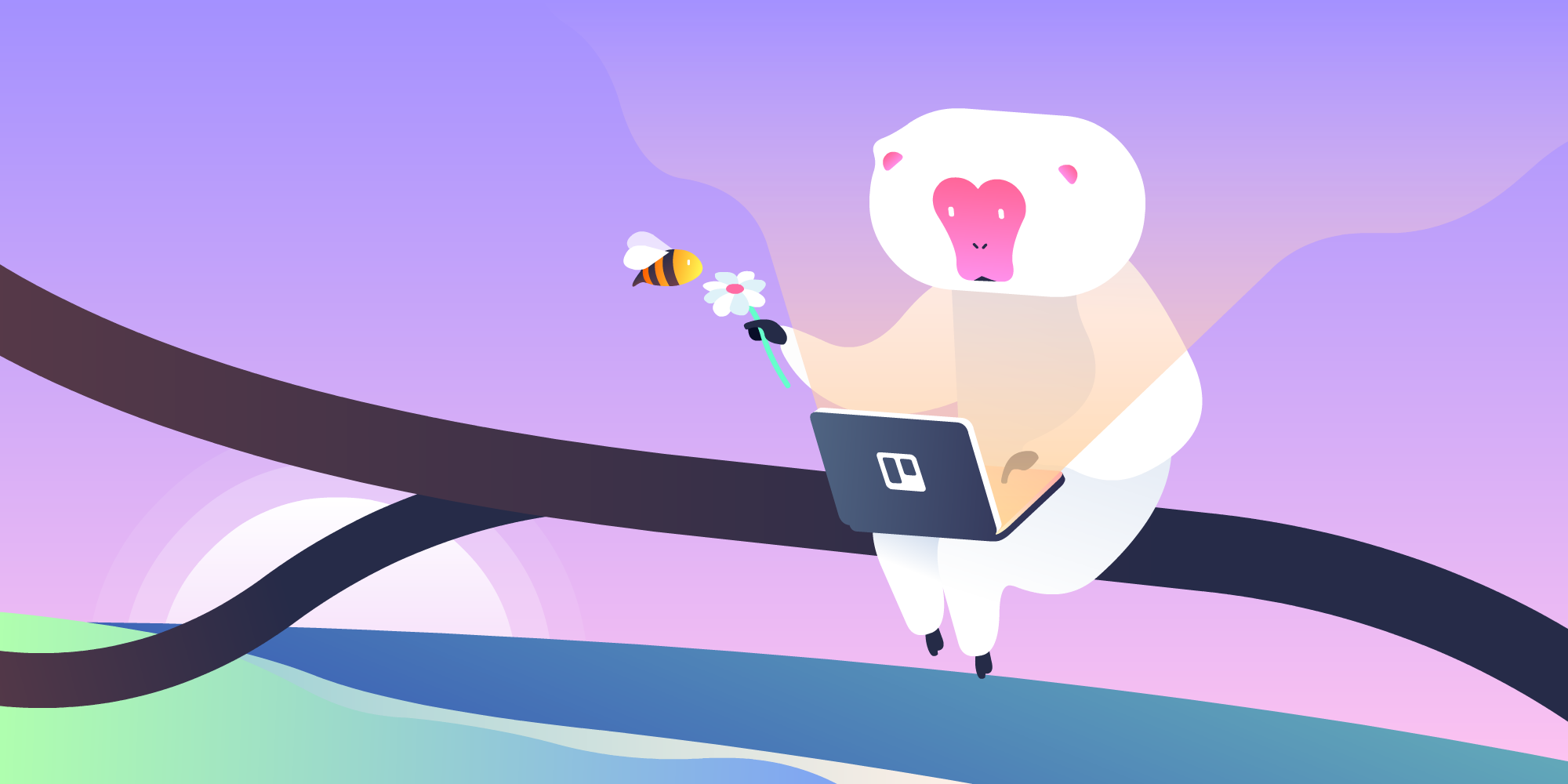
“Not only did he make it whimsical (there’s a monkey on a laptop!) but he truly put others first—my initial idea was to have a small ant sitting next to the monkey, but Tiny so thoughtfully pointed out how some people have a very severe phobia to ants.” – Rani Shah
Tiny Moments Of Creativity Have A Big Impact
Creativity isn’t a one-off project or a fleeting moment in time. It’s consistency, connection, and challenge. It’s putting in the work, taking a break, rinsing, and repeating until you’ve perfected your craft.
So if you’re looking for that inspiration to get started on that task, project, or big idea, the moment is now to take those small steps that will result in your own masterpiece to share with the world. We’re excited to see what you’ll create!

“I was always impressed by how he was able to create a whole universe that made complete sense, and at the same time helped us escape from a more ordinary life.”
– Alexia Ohannessian
This post included some of the team’s favorite illustrations designed by Tiny. Download them for your own use as your desktop or Trello board background!
Good or bad, we’d love to hear your thoughts. Find us on Twitter (@trello)!







































